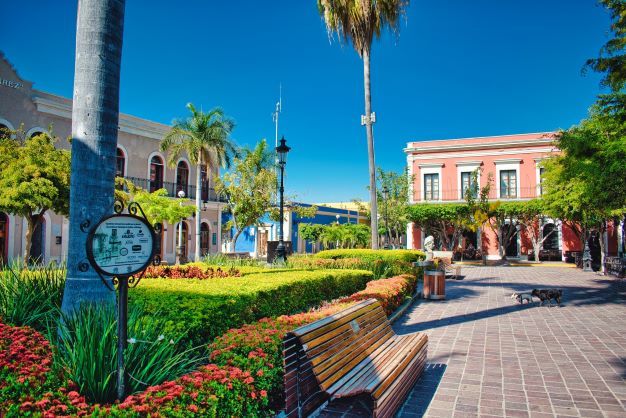The Architecture of Mazatlan's Precious Historic Center
The Historic Center of Mazatlan is well worth a visit, as it features many restored buildings in the tropical neoclassical style, as well as charming plazas where you can experience the city's bohemian and romantic side.

When you think of Mazatlan, you probably think of the sun, the beach, the nightlife, and the delicious food. But in the old part of the city, the Historic Center, there are dozens of reconstructed tropical neoclassical buildings and beautiful small squares where romantic and bohemian life happens.
Mazatlan, which is also called "The Pearl of the Pacific," is in the northwest of the Mexican Republic, in the south of the state of Sinaloa. It is an hour and twenty minutes by plane from Mexico City. Mazatlán, which means "Land of Deer" in Nahuatl, was founded by Nuño de Guzmán in 1531, 22.5 kilometers south of the imaginary Tropic of Cancer line.




